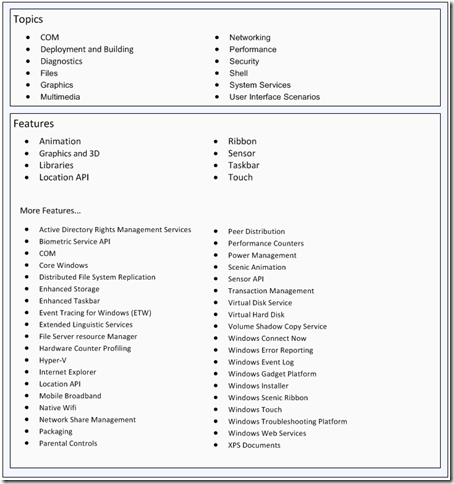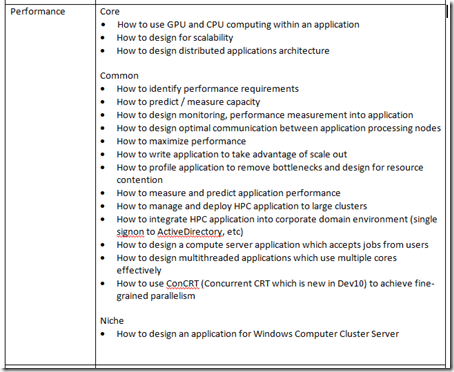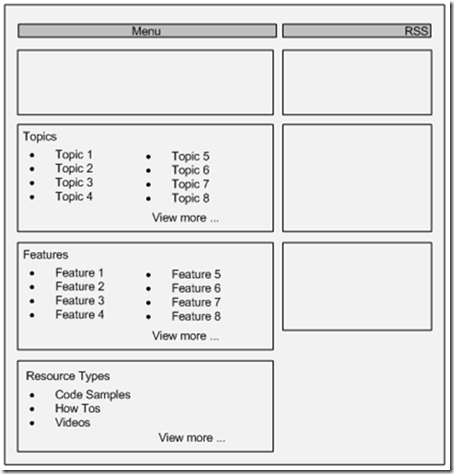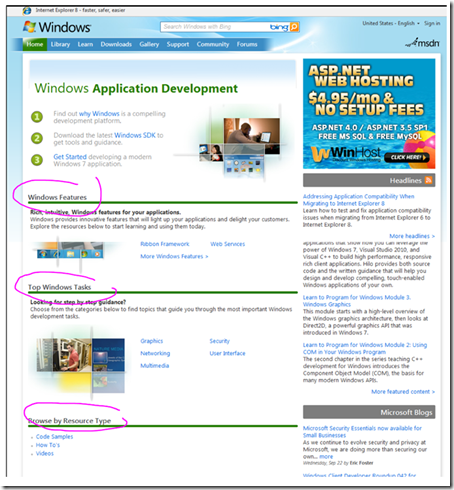3 Flavors of Information Architecture
Information Architecture, or “IA” for short, is an over-loaded word that means many things to many people. I’ve found it helpful to think in terms of three flavors, summarized in the following table:
| Item | Notes |
|---|---|
| Content IA | Content types, schemas, and relationships of content types. This is where a controlled vocabulary for your content types helps a lot. |
| Tech / Domain IA | Technology information models, domain models, features, and technology relationships. This is where a controlled vocabulary for your product features and technology names helps a lot. |
| Site IA | Structuring information, browsing information, connecting and relating information. This is where a controlled vocabulary for your user experiences patterns, page elements, and information features can help a lot. |
This helps me balance and address competing concerns and trade-offs, as well as think about the bigger picture. For example, who cares about a bunch of content types like Code Samples, How Tos, etc. if there’s no useful information in them, or if they are misused and abused? That’s where the Technical or Domain IA come into the picture. The Tech IA helps you dive deep into a particular technology or scenario. But who cares in either case, if you can’t even find the information or knowledge? That’s where the Site IA comes into play. The Site IA is about finding and browsing information on a page and connecting to relevant information in a simple way.
Examples are worth a thousand words so here is an example of each …
Content IA
Here is an example of some parts of a content IA. Here is a simple example of a few content types:
| Template | Description |
|---|---|
| Checklist | Present a verification to perform ("what to check for", "how to check" and "how to fix") |
| Code Example | Scenario-based example code with objectives, a test case, and narrative text. |
| How To | How Tos are steps to execute an end to end task. |
Here is an example of a schema for the code example type above:
| Item | Description |
|---|---|
| Code Example Schema |
|
Tech Domain IA
Here is an example of a domain IA for Windows native. It’s a simple collection of common topics and an organized set of product features:
The topics are derived by grouping customer scenarios into buckets or categories. For example, here is a set of scenarios for performance:
For more information on the Windows IA, see my related post, Windows IA (“Information Architecture”).
Site IA
Here is a very simple pattern for a user interaction pattern with information that supports …
- Browse by topic
- Browse by feature
- Browse by content type
Here is an example using the Windows Dev Center:
See my related posts:



